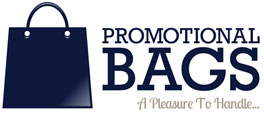
9 December, 2024
Materials 101: Choosing the Right Fabric for Your Promotional Bags
When it comes to selecting the perfect fabric for your promotional bags, the choices can seem endless. The material you choose not only reflects your brand's image but also determines the durability, functionality, and environmental impact of the bags. Here's a guide to help you navigate through the myriad of options available.
1. Cotton: The Classic Choice
Pros:
Softness and Comfort: Cotton's natural softness makes it pleasant to touch and carry, which can enhance the user experience. This softness also allows for easy folding and storage of the bags.
Strength and Durability: Despite its softness, it is quite durable. It can withstand regular wear and tear, making it suitable for bags that will be used frequently.
Machine Washable: Cotton bags can be easily cleaned in a washing machine, which is convenient for users and ensures the bags can be reused multiple times, keeping them looking fresh and new.
Printability: Its texture allows for high-quality printing of logos and designs, making it an excellent choice for promotional purposes.
Eco-Friendly: As a natural, renewable, and biodegradable resource, it is an environmentally friendly option. Organic cotton, in particular, is grown without harmful pesticides or fertilisers.
Cons:
Shrinkage: If not pre-treated or properly cared for, it can shrink after washing. This aspect can affect the longevity and appearance of the bag.
Water Consumption: Conventional cotton farming is known to be water-intensive, which can be a significant environmental concern. This aspect might not align with the sustainability goals of some brands.
Pesticide Use: Non-organic cotton farming often involves the use of pesticides, which can be harmful to the environment and workers.
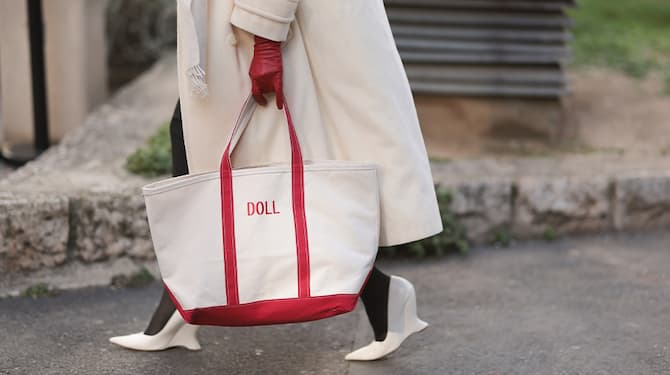
2. Canvas: The Durable Pick
Pros:
High Durability: Canvas is known for its exceptional durability. This makes it ideal for bags that need to carry heavier items or withstand rough handling.
Shape Retention: It holds its shape well, even after prolonged use. This quality ensures the bags maintain their aesthetic appeal over time.
Premium Appearance: It often has a high-quality look and feel, which can elevate the perceived value of the promotional item. This makes it suitable for brands looking to associate themselves with luxury and quality.
Versatility: It can be blended with other materials for added functionality, like water resistance, and can be dyed in various colours to match brand themes.
Cons:
Weight: Being a heavyweight fabric, it can make the bag heavier than those made from lighter materials, which might not be ideal for all users.
Cost: The cost is typically higher than some other fabrics, which can impact the budget for large-scale promotional campaigns.
Care Requirements: Depending on the finish, canvas bags may require special care instructions, such as hand washing or air drying, which might not be as convenient for the end-user.
Stiffness: Some types can be quite stiff, which might affect how easily the bags can be folded and stored when not in use.
3. Jute: The Eco-Friendly Option
Pros:
Environmental Sustainability: Jute is a highly sustainable material. It grows quickly, requires minimal pesticides and fertilizers, and is biodegradable, making it an excellent choice for eco-conscious brands.
Strength and Durability: Jute fibres are naturally strong, which makes jute bags highly durable and suitable for carrying heavier items. This durability ensures a longer lifespan for the bags.
Unique Aesthetic Appeal: It has a distinct, natural texture and appearance, often associated with an earthy and organic feel. This can be very appealing for brands looking to project an image of natural simplicity and eco-friendliness.
Good for Printing: Its texture holds prints well, allowing for clear and durable branding, which is essential for custom printed jute bags.
Cons:
Rough Texture: The natural texture of jute can be rough and may not appeal to everyone. This might limit its use for certain types of promotional items where a softer feel is desired.
Limited Colour Options: Its natural colour is tan or brown, and while it can be dyed, the options are often limited compared to synthetic materials. This can restrict design choices for branding.
Moisture Absorption: It tends to absorb moisture, which can be a disadvantage in wet conditions, potentially leading to mildew or mould if not properly cared for.
Stiffness: The fabric can be quite stiff and may not fold as compactly as other materials, affecting storage and portability.
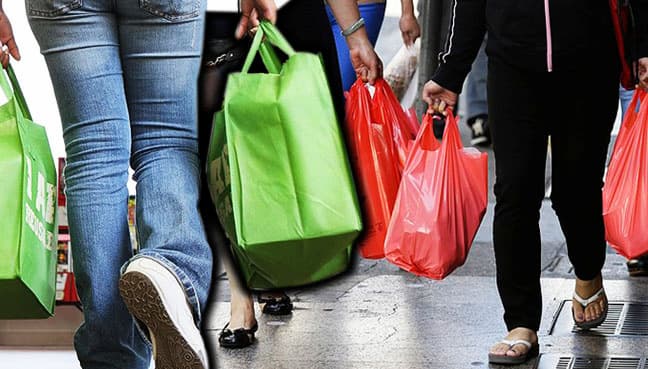
4. Non-Woven Polypropylene: The Cost-Effective Solution
Pros:
Water-Resistance: Non-woven polypropylene is inherently water-resistant, making it a practical choice for a variety of uses, especially in conditions where moisture or spills might be a concern.
Lightweight Yet Strong: Despite being lightweight, this material is surprisingly strong and can handle significant weight, making it suitable for a wide range of styles.
Cost-Effectiveness: For large-scale promotions it is an affordable option. Its low cost makes it ideal for bulk production without compromising on quality.
Customisable and Print-Friedly: This material can be easily customised in terms of size, shape, and colour, and it holds prints well, making it a versatile choice for promotional branding.
Cons:
Environmental Concerns: Although recyclable, it is not biodegradable. This can be a drawback for brands that are committed to full environmental sustainability.
Breathability: Compared to natural fibres, this material offers less breathability, which may not be suitable for certain applications where air circulation is important.
Texture and Feel: The feel can be less appealing than natural fabrics, which might affect the perceived value of the promotional product.
Heat Sensitivity: This material can melt or deform at high temperatures, which might limit its use in certain conditions and require careful handling during printing and manufacturing
5. Polyester: The Versatile Performer
Pros:
Durability and Colour Retention: Polyester is highly durable, and resistant to most chemicals, stretching, shrinking, and wrinkles. It maintains its shape over time and is excellent at retaining colour, keeping the bag looking new for longer.
Wrinkle and Shrink Resistance: It resists wrinkles and shrinking, which is beneficial for a product that will be used and washed repeatedly.
Quick-Drying and Easy Maintenance: It dries quickly and is easy to wash, making it a convenient option for everyday use.
Versatility in Design: It can be made in various textures and weights, allowing it to mimic the look and feel of more expensive or natural fabrics. This versatility makes it suitable for a wide range of promotional bag designs.
Recyclability: Although synthetic, it can be recycled, which adds a point for environmental consideration.
Cons:
Environmental Impact: As a synthetic material, it is not biodegradable. Its production can also be energy-intensive and involve the use of chemicals.
Breathability: It is generally less breathable than natural fabrics, which might be a disadvantage in certain uses where ventilation is desired.
Heat Sensitivity: It can melt or degrade at high temperatures, which could be a concern during manufacturing or if exposed to extreme heat.
Static Electricity: It can generate static electricity, which might be undesirable in certain contexts.
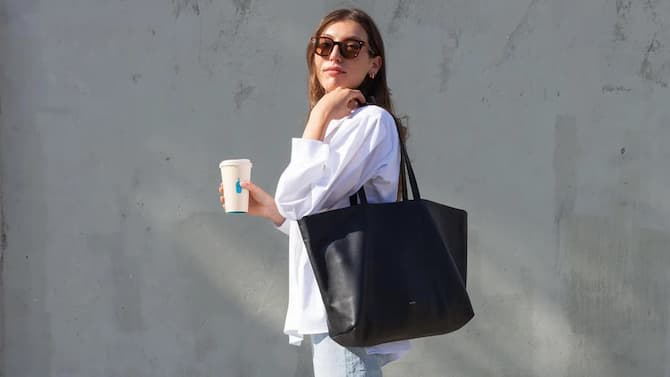
6. Nylon: The Lightweight Champion
Pros:
Strength and Durability: Nylon is known for its exceptional strength and durability. It resists abrasion and tearing, making it ideal for bags that need to endure rough handling.
Water Resistance: It is inherently water-resistant, which makes it suitable for outdoor and sports-related promotional events where exposure to moisture is likely.
Lightweight and Portable: Its lightweight nature makes it easy to carry, adding to the comfort and convenience for the user.
Easy to Clean: Nylon bags are easy to maintain and can be cleaned with little effort, which is appealing for daily use items.
Aesthetic Appeal: it has a smooth texture and can be dyed in a variety of vibrant colours, enhancing the visual appea.
Cons:
Environmental Concerns: Like polyester, it is not biodegradable, and its production can be harmful to the environment. This might not align with eco-friendly branding strategies.
Cost: it can be more expensive than other synthetic materials, which could be a factor for budget-conscious promotional campaigns.
Heat Sensitivity: It can melt at high temperatures, which requires careful handling during manufacturing and usage.
Absorbs Odours: It can absorb odours over time, which might be a downside for items intended for long-term use.
7. Bamboo Fibre
Pros:
Durability and Colour Retention: Polyester is highly durable, and resistant to most chemicals, stretching, shrinking, and wrinkles. It maintains its shape over time and is excellent at retaining colour, keeping the bag looking new for longer.
Wrinkle and Shrink Resistance: It resists wrinkles and shrinking, which is beneficial for a product that will be used and washed repeatedly.
Quick-Drying and Easy Maintenance: It dries quickly and is easy to wash, making it a convenient option for everyday use.
Versatility in Design: It can be made in various textures and weights, allowing it to mimic the look and feel of more expensive or natural fabrics. This versatility makes it suitable for a wide range of promotional bag designs.
Recyclability: Although synthetic, it can be recycled, which adds a point for environmental consideration.
Cons:
Environmental Impact: As a synthetic material, it is not biodegradable. Its production can also be energy-intensive and involve the use of chemicals.
Breathability: It is generally less breathable than natural fabrics, which might be a disadvantage in certain uses where ventilation is desired.
Heat Sensitivity: It can melt or degrade at high temperatures, which could be a concern during manufacturing or if exposed to extreme heat.
Static Electricity: It can generate static electricity, which might be undesirable in certain contexts.
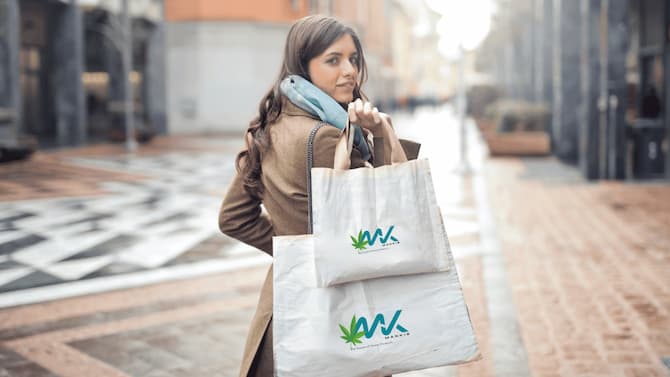
9. Hemp: The Robust and Rustic Choice
Pros:
Eco-Friendly Growth: Hemp is an incredibly sustainable crop. It grows quickly, requires little water, and doesn’t need pesticides or herbicides, making it a prime choice for environmentally conscious brands.
Strength and Durability: It is exceptionally strong, resulting in bags that are durable and suitable for carrying heavier items.
Natural Aesthetic: it has a unique, rustic appearance that can be appealing for brands aiming for a natural, organic image.
Breathability and Comfort: It is breathable, which makes it comfortable to use, especially in warmer climates.
UV Resistant: it provides good UV resistance, which can be beneficial for bags used in outdoor settings.
Cons:
Rough Texture: HIt can be rougher than other natural fibres, which might not be appealing for certain applications where a softer feel is desired.
Variability in Texture and Colour: Its natural qualities can lead to variability in texture and colour, which might be a challenge for brands looking for consistency in their promotional materials.
Higher Cost Compared to Conventional Materials: While not as expensive as some eco-friendly materials, it can still be pricier than conventional options like cotton or synthetic fabrics.
Limited Processing Infrastructure: Hemp processing facilities are less common than those for other fabrics, which can affect availability and lead times.
10. Tyvek: The Modern Lightweight Solution
Pros:
Exceptional Durability: Tyvek is known for its high durability despite being extremely lightweight. It resists tearing, which is crucial for bags that need to be sturdy.
Water Resistance: This material is water-resistant, so it is suitable for a variety of weather conditions and environments.
Recyclability: It is often recyclable, which adds an environmental benefit to its use in promotional materials.
Unique Texture: Tyvek has a distinctive look and feel, setting it apart from more common materials and adding a unique aesthetic to promotional bags.
Lightweight and Foldable: The lightweight nature of it makes bags made from this material easy to transport and store, as they can be folded into a very compact size.
Cons:
Environmental Impact of Production: Although recyclable, its production, being a synthetic material, has environmental implications in terms of energy and resource usage.
Printability Challenges: Printing on it can sometimes be challenging due to its texture and properties, potentially limiting design options.
Feel: The feel of it might not be as premium as natural fibres, which could affect the perceived value of the promotional product.
Cost: Depending on the scale of the production, it can be more expensive than some traditional materials.
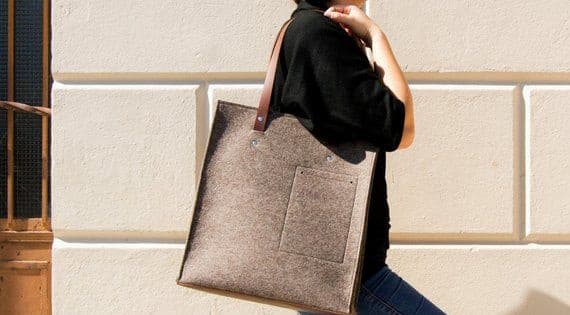
11. Felt: The Premium Textured Choice
Pros:
Soft Texture: Felt is known for its soft, plush texture, which can lend a premium feel to promotional bags.
Good Durability: Despite its softness, it is a durable material, making it suitable for bags that need to withstand regular use.
Versatility in Design: It can be produced in various densities and colours, allowing for a wide range of designs, from more rigid and structured to soft and pliable.
Aesthetic Appeal: The distinctive look and feel of felt can elevate the perceived value of a promotional bag, making it a popular choice for premium or luxury branding.
Insulation Properties: It has natural insulating properties, which can be a unique selling point for certain types of bags.
Cons:
Water Absorption: It can absorb water, which may limit its functionality in wet conditions unless treated or combined with other water-resistant materials.
Care Requirements: it may require special care, such as spot cleaning or dry cleaning, rather than machine washing, which could be less convenient for end-users.
Cost: High-quality felt, especially wool felt, can be more expensive, impacting budget considerations for promotional campaigns.
Consistency in Quality: The quality of it can vary depending on the fibres used and the manufacturing process, which might affect the consistency of the final promotional products.
12. Leather: The Classic Luxury Material
Pros:
Luxurious Appeal: Leather, both natural and synthetic, offers a high-end, premium look and feel. It is associated with luxury, making it ideal for upscale promotional items or corporate gifts.
Durability and Aging: Natural leather is renowned for its durability. It can withstand considerable wear and tear, and often ages beautifully, gaining character over time.
Versatility in Styles: It can be crafted into a wide range of styles, from sleek and modern to classic and rugged, offering versatility in design for promotional bags.
Texture and Aesthetic: The texture of it is unique and can add an element of sophistication to promotional items. Its aesthetic appeal is universally recognised.
Synthetic Options Available: For those who prefer not to use animal products, synthetic leather (faux leather) provides a cruelty-free alternative that still maintains a similar appearance and texture.
Cons:
Cost: Leather, particularly high-quality natural leather, can be expensive, which might not be feasible for all promotional budgets.
Maintenance: It requires proper care to maintain its appearance and longevity, including regular cleaning and conditioning.
Ethical Considerations: its use may raise ethical concerns regarding animal welfare and sustainability.
Weight: It can be heavier than other materials, which might affect the practicality and comfort of the bag for everyday use.
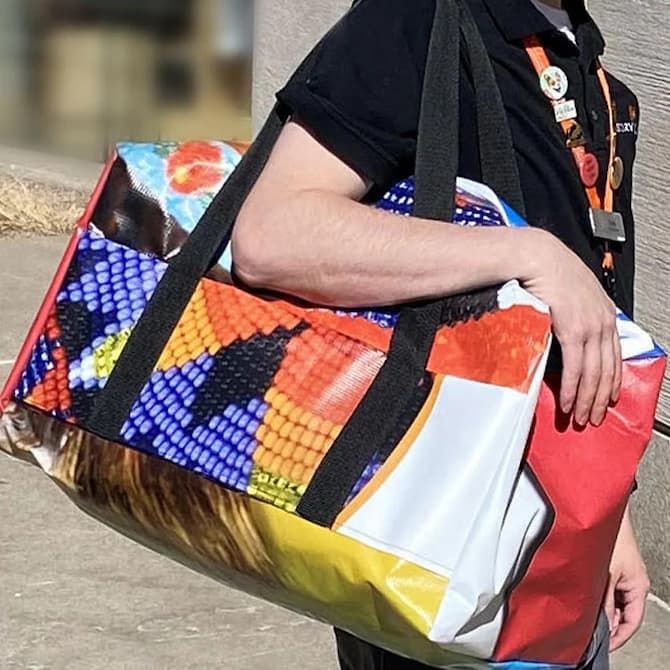
13. Vinyl: The Practical and Versatile Choice
Pros:
Durability: Vinyl is a very durable material, resistant to scratches, tears, and general wear, making it suitable for bags that need to last.
Water Resistance: Vinyl bags are water-resistant, which is a practical feature for use in various conditions, including outdoor settings or for items that might come into contact with moisture.
Ease of Cleaning: It is easy to clean and maintain, often requiring just a simple wipe-down to keep it looking new.
Design Flexibility: It can be made transparent or opaque and is available in a wide range of colours and finishes, allowing for a high degree of customisation in design.
Cost-Effectiveness: Generally, it is more affordable than materials like leather, making it a more accessible option for larger-scale promotional efforts.
Cons:
Environmental Impact: It is a plastic product (PVC), and its production and disposal raise environmental concerns, as it is not biodegradable.
Less Breathable: It is less breathable compared to natural fabrics, which might be a consideration for certain types of bags.
Variability in Quality: The quality of it can vary greatly. Lower-quality vinyl may crack or degrade over time, affecting the longevity and appearance of the bag.
Chemical Exposure: Some vinyl products can release harmful chemicals, especially under high heat, which might be a concern for health-conscious consumers.
Summary
Choosing the right fabric for your promotional bags involves considering factors like durability, environmental impact, budget, and brand image. Natural fibres like cotton and jute offer eco-friendliness and a classic look, while synthetic options like polyester and nylon provide durability and versatility. By selecting the appropriate material, you can create a promotional bag that not only serves its purpose but also aligns with your brand's ethos and values. Remember, the right fabric can turn a simple promotional item into a lasting statement about your brand.
The Promotional Bags Team

